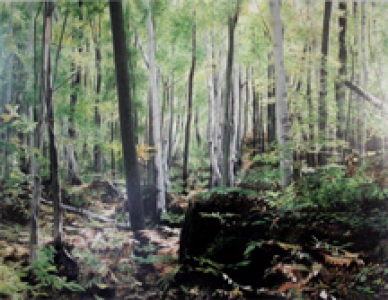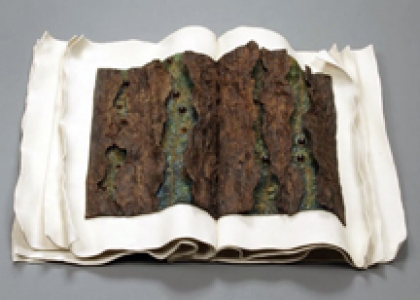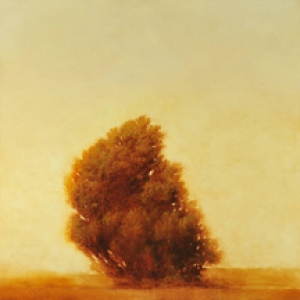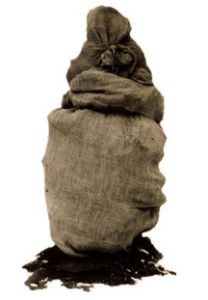Past Exhibition
ARBOREAL
Doreen Balabanoff
Siegfried Blum
Jane Buyers
Jacqueline Damato
Paul Drysdale
Ilse Gassinger
Dave Hind
Robert Marchessault
Lisa Neighbour
Shelley Niro
Adriene Veninger
March 2009
We have come to know trees through their cameo-like shapes, the filigreed and changing colours of their leaves and bark, and the use value of their fruit, sap and wood. Symbolically they reassure us with their promise of shelter, knowledge, renewal and growth. Trees command and define the space they occupy, whether cultivated or in the wild. Trees live and breathe, as almost the essence of what we think of as our environment.
Known for their endurance, trees can grow and even thrive under the worst conditions, offering an inspiring metaphor for human existence and living witness to our development. Like us they exist as individuals within a group, as figures against a ground, a species with lifespans similar to our own.
This exhibition recognizes the special representational and symbolic value that trees hold for us. Bringing together a multi-disciplinary group of Ontario artists, Arboreal investigates, interrogates and interprets the highly symbolic nature and richly pictorial quality of trees.
Jane Buyers
Jane Buyers continues to revisit the theme of books and trees. In her sculpture Alchemia (1996) forged iron legs support a bronze book, twisted and twined in the shape of tree roots. Leaves lie on the pages of the book, either growing or decomposing, part of a process left to the viewer to decipher. Buyers’ latest series, Arbor Fabula (2006) consists of porcelain books. Paper thin, gestural pages are contrasted by the weighty, dense text formed out of bark. This bark/text is created by pressing soft clay into molds made from the surface impressions of various tree trunks. They seem, in places, to split open, mysterious veins of amber coloured glass beads erupting out of the intricately patterned ground.
Lisa NeighbourLisa Neigbour’s sculpture Lemon Tree (2001) makes reference to Harry Belafonte’s hit song: “Lemon tree, very pretty, and the lemon flower is sweet, but the fruit of the poor lemon is impossible to eat.” Constructed from electrical wire, plugs, sockets and light bulbs this cultural hybrid is meant to be both beautiful and dangerous or repulsive, mirroring the fruits born of science and technology.
Robert Marchessault Robert Marchessault explores contemporary sublime landscape in a new series of paintings that repeatedly foreground a single tree, stripped of non-essential visual elements and emptied of any human presence. Poetic and meditative, these trees are the quiet centre of being and a visual invocation of human self-awareness.
Adriene Veninger The isolated tree as a compositional device is also found in Adriene Veninger’s photo series, Wrappings (2003). She portrays evergreens wrapped in fabric to survive the harsh Canadian winter. The ultimate in protection can only be achieved through the elimination of everything that may cause harm. To that end, all extraneous elements have been removed from these images, leaving only the cloaked trees and a small, essential patch of earth for support and root sustenance.
Shelley Niro’s video Tree (2006) draws parallels between environmental degradation, First Nations’ identity and the Canadian landscape. In keeping with the “Keep America Beautiful” television campaign of the early 1970s, a woman personifying Mother Earth walks through her domain, observing that our natural environment in no longer being cared for.
Siegfried Blum Siegfried Blum captures impressions of Grey-Bruce landscapes and forests with layered and blended chalk pastels. With photo-realistic attention to details of colour, shape and space, Blum evokes the power of the natural world.
The trees found in her backyard near Bayfield, Lake Huron have inspired Doreen Balabanoff to create a series of glass works titled Trees I Have Known. The glass used is mouthblown, ‘flashed’ glass, a very thin layer of coloured glass on a clear or lightly coloured glass sheet. There is a delicious reversal of materiality/immateriality caused by the sheerness of the untouched tree images and the ‘solidity’ of the opaque backgrounds of sky, air and water.
The considerable economic role of trees and their resulting exploitation are the focus of Jacqueline Damato’s installation, Spirit Forest (2007). Damato’s trees, hanging from the ceiling of the Gallery, are made from the business sections of newspapers. Logging profits rise and fall, and trees are reduced to a commodity, valued only in their destruction and stripped of any spiritual function.
Dave Hind fuses collage and metal sculpture in Blossoms and Bugs, a depiction of an old apple tree patched together with bits of reclaimed aluminum siding. Hind has shown the piece at local schools, inviting students to draw insects or flowers on small sheets of aluminum which he then riveted to the tree. Through its accessibility and interactivity the work emphasizes the cultural role of trees in connecting people and celebrates the importance of community.
Paul Drysdale created the human-sized, wooden sculpture Reinventing the Tree (2005) based on the inspiration of children’s drawings. Oddly proportioned, with twigs and branches emerging out of flat-topped trunks, Drysdale’s version becomes an abstract figure, reaching for the light and its sustaining energy.
Taken together, these works, full of heterogeneous and diverse imagery, form a forest of symbols and associations, inviting us to stroll through in contemplation.





